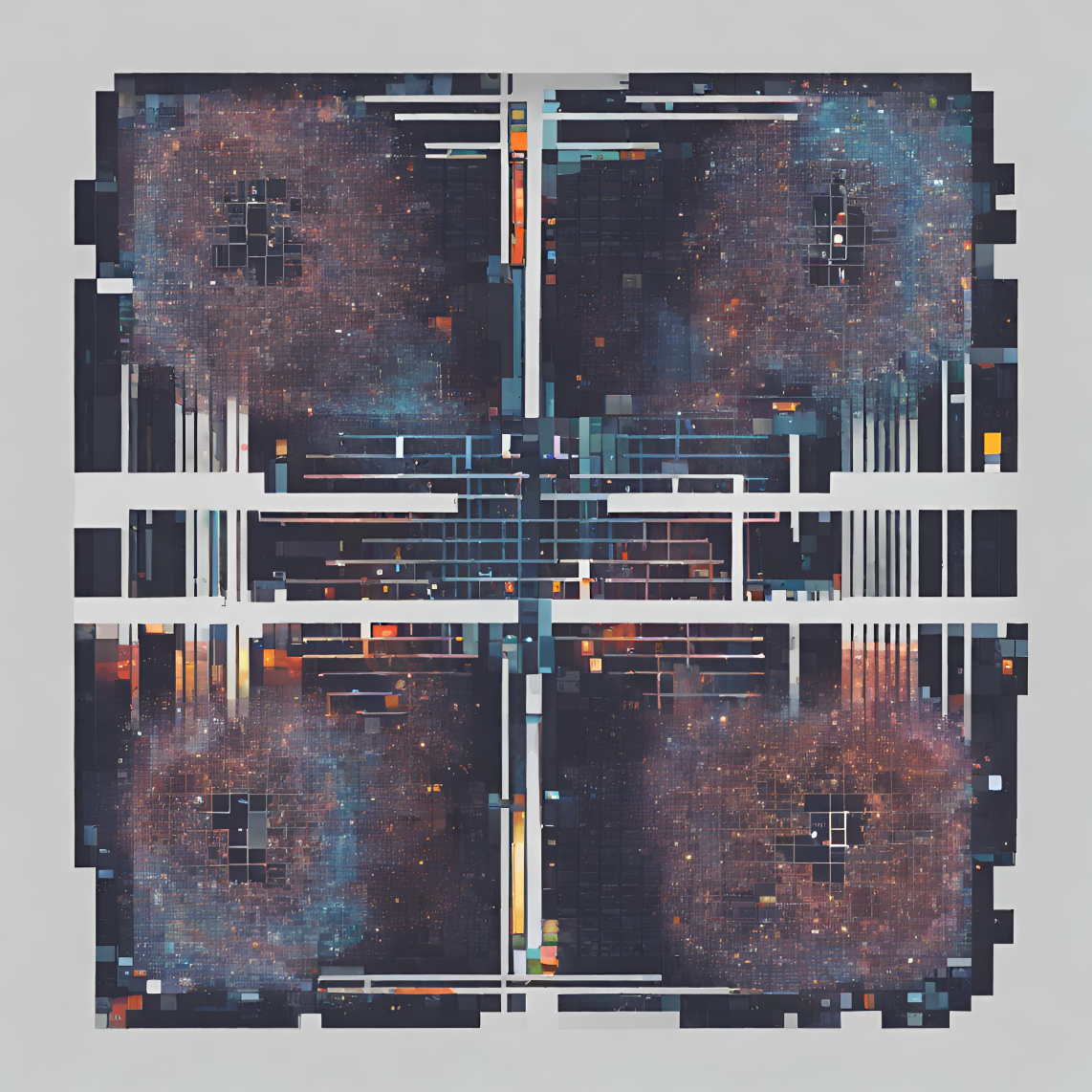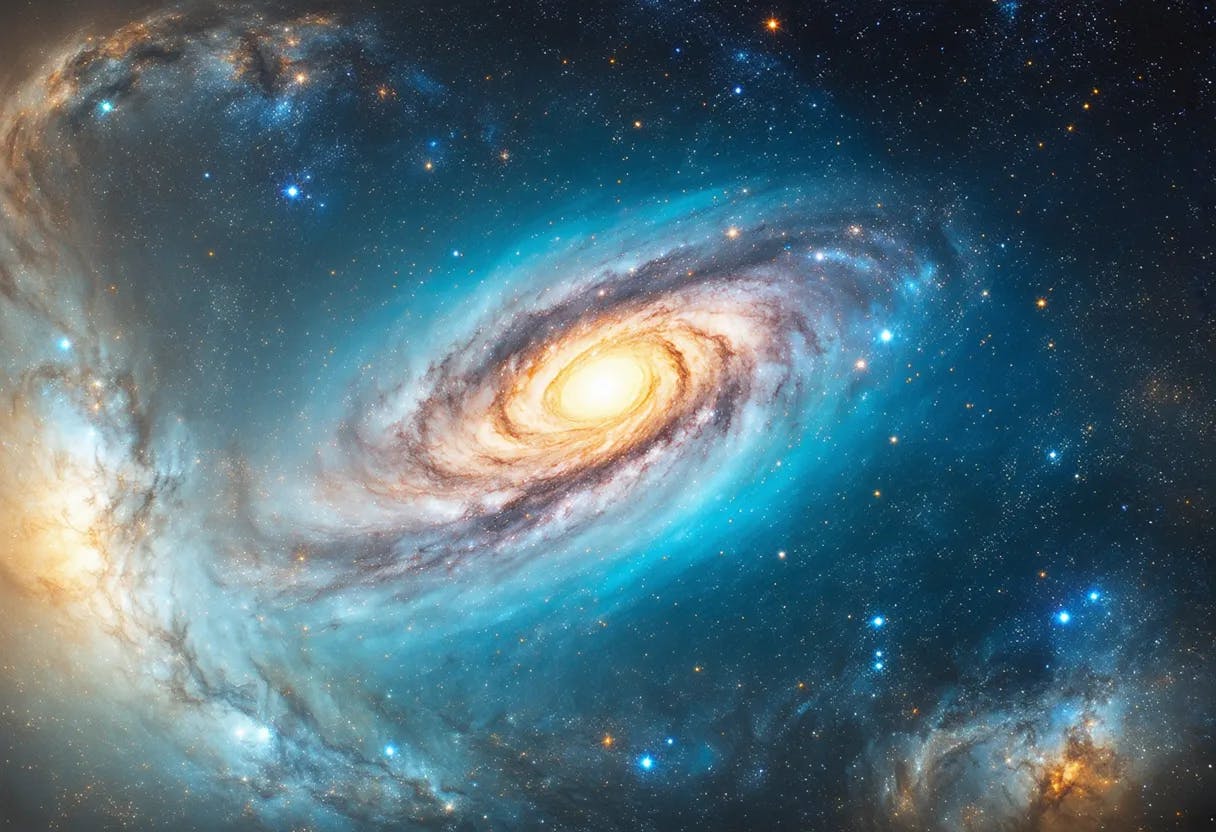Author:
(1) Andrew Knight, J.D. ([email protected]).
Table of Links
II. PSEUDOSCIENCE
What is and is not scientific has been subject to debate since time immemorial. For example, Karl Popper [12] argues that a statement or hypothesis is scientific if and only if it is falsifiable, while others argue that anything empirically testable is scientific. Moreover, what constitutes pseudoscience is subject to further debate.[2] A false statement need not be pseudoscientific. For example: “Gravity causes apples to fall upward” is a statement that is in contradiction with empirical evidence; as such, it is both testable and falsifiable. Indeed, most scientific hypotheses over the past millennia have been falsified. Such hypotheses might have been true but turned out to conflict with the facts of the universe.
However, a statement that is internally inconsistent – i.e., self-contradictory – is inherently false. A statement that is logically contradictory has no chance of being confirmed or falsified through experimentation and is therefore not subject to scientific inquiry. Rather, a contradiction is false by logical necessity. The statements “1=2,” “The sky is blue and it is not blue,” and A∩ ¬A are necessarily false. As contradictions, they are not testable, falsifiable, or scientific. A logical contradiction arising in an inquiry renders that inquiry unscientific, and – to the extent that inquiry masquerades as science – pseudoscientific.
The soundness of logical arguments depends both on the veracity of their assumptions and the validity of their logical algorithms. Often, however, an ostensibly sound logical argument may depend on an unidentified assumption that is either false or in contradiction with the argument’s conclusion.
For example, if the truth of premises A and B is sufficient to guarantee the truth of statement D, then (A ∩ B ⇒ D) is a true statement. However, if the truth of D depends on the truth of another premise C, then it must be the case that (D ⇒ C). This is because the situation in which (A∩B ⇒ D) is false but (A∩B ∩C ⇒ D) is true happens when (¬C ⇒ ¬D), which is the contrapositive and equivalent of (D ⇒ C).
In the case of time travel T T into the past, the most common assertion of its possibility looks, in heavily simplified form, something like (GR ∩ W ⇒ T T ), where GR refers to the truth of Einstein’s general relativity and W refers to the possibility of producing an adequately large and stable wormhole connecting two distant points in spacetime. However, independently of whether premises GR and W are true, the implication may be false if it depends on some unidentified assumption or condition C. If so, then (T T ⇒ C) and, equivalently, (¬C ⇒ ¬T T ).
If the current narrative among the physics community regarding the possibility of time travel indeed depends on some unidentified assumption that can be shown false on purely a priori logical grounds, then that narrative is not merely false; it is also pseudoscientific.
This paper is available on arxiv under CC BY 4.0 Deed license.
[2] See, for example, https://plato.stanford.edu/entries/pseudoscience/.

